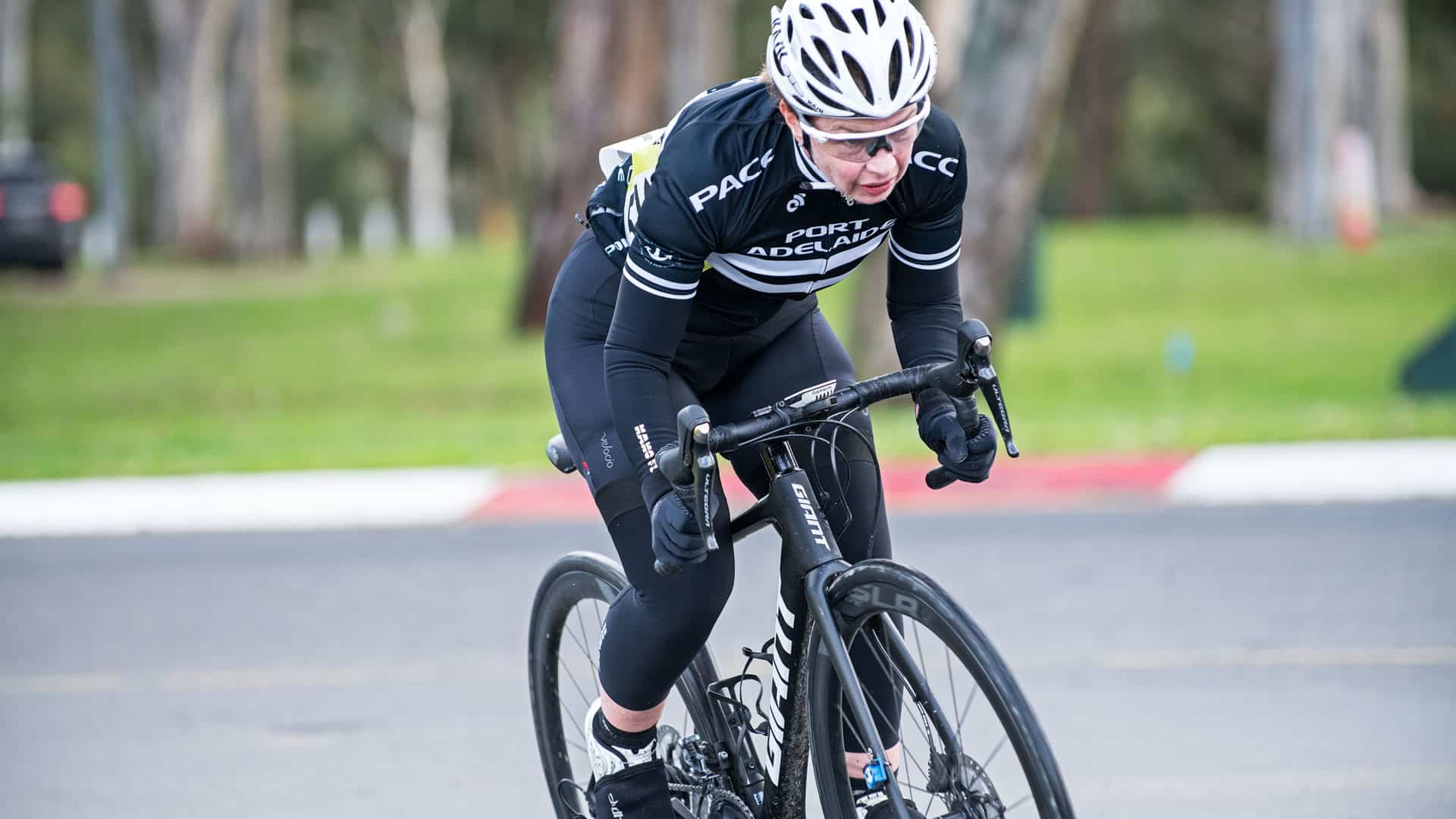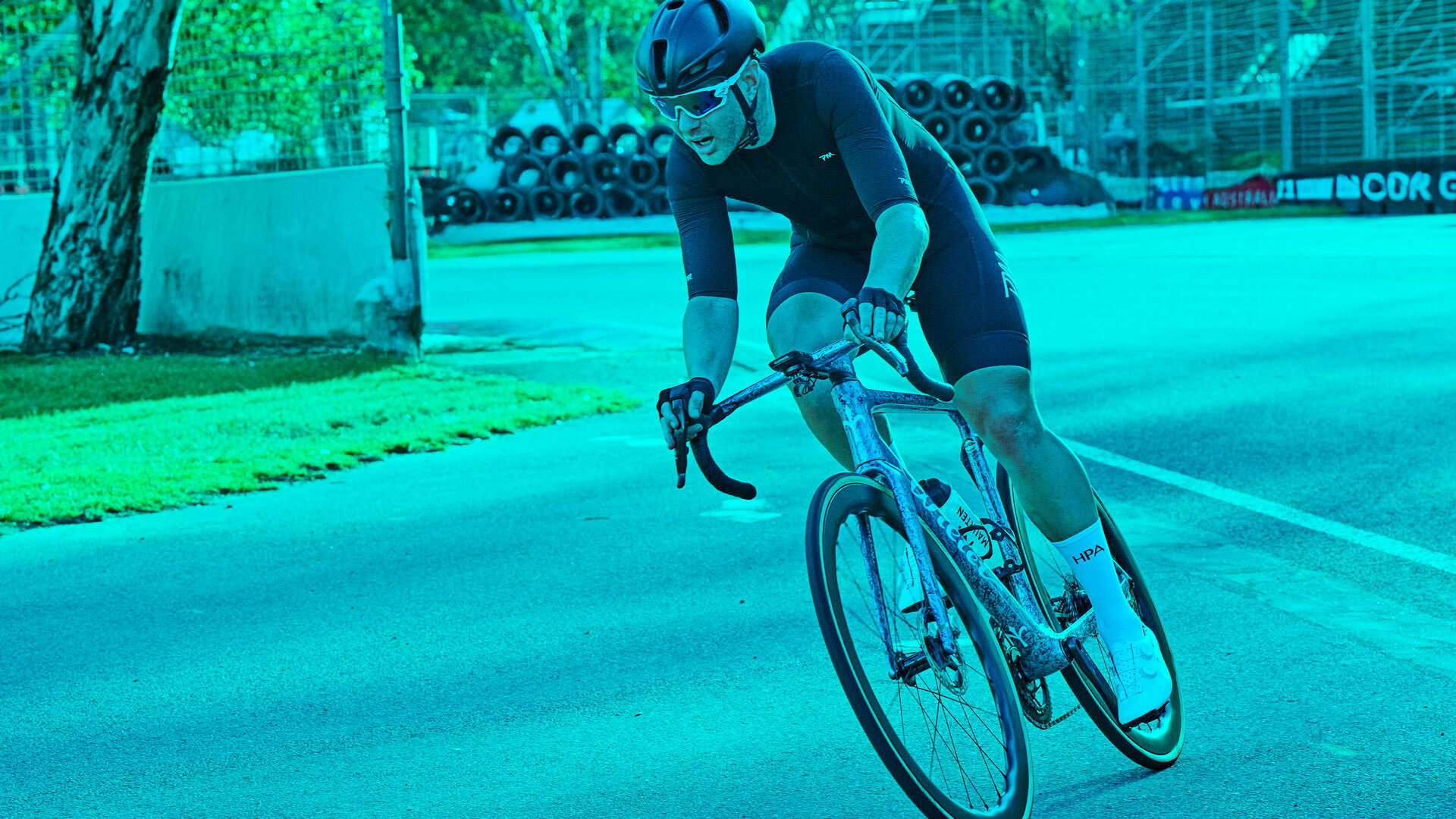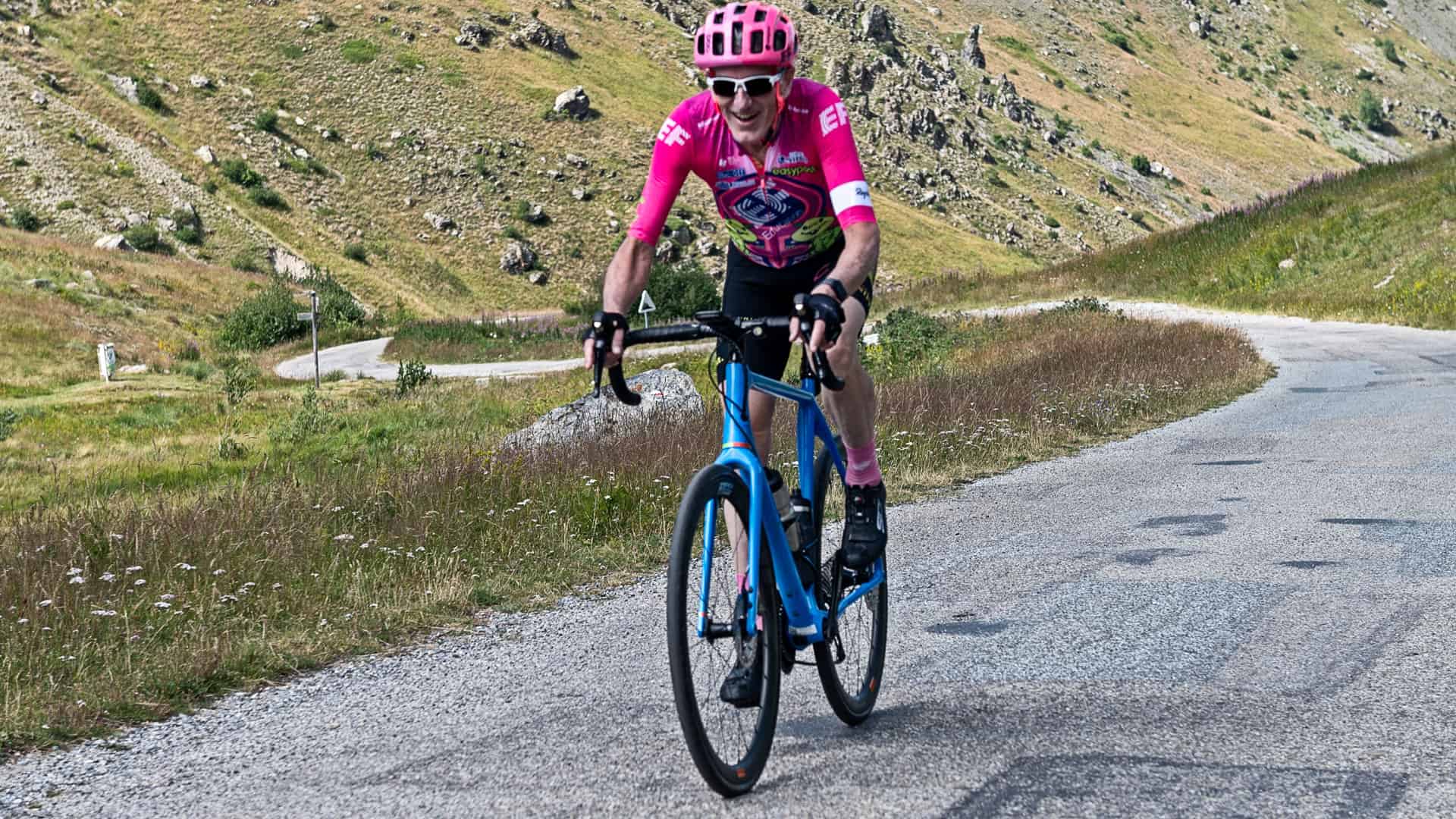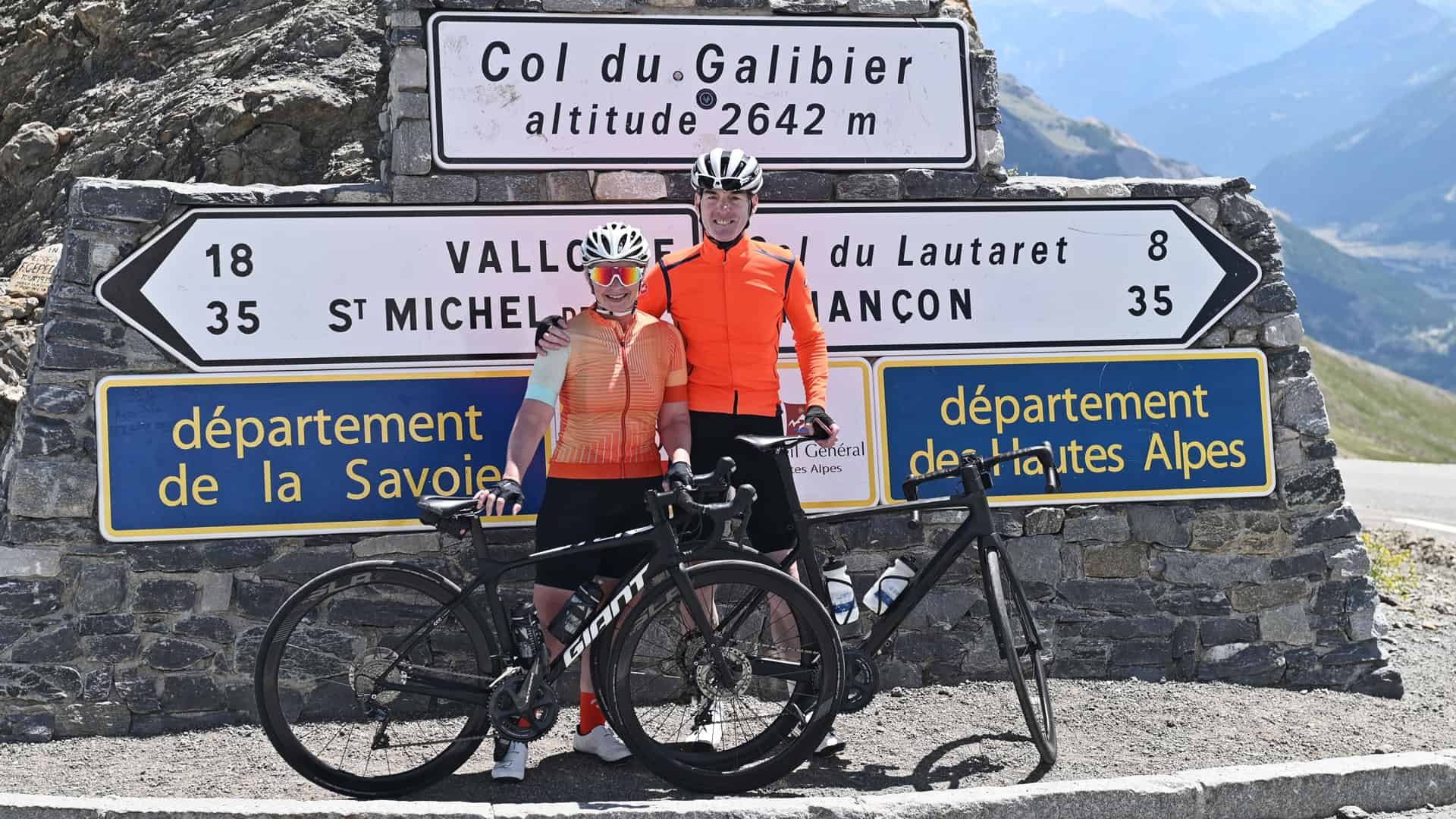Base is low intensity, high volume training. You build your base by riding in the heart rate zone called E1. When you’re in E1 you are able to breathe and hold a very simple conversation with the person beside you, you’re not breathing hard, and it’s designed to build good aerobic capacity.
For more information on heart rate zones click here, and for power zones click here.
If you understand anything about cadence, the higher that your cadence is, the more that you drive the bike aerobically, which is why our drills are done around 90 to 100 rpm. In our indoor training sessions, we’re always working on technique, and we’re also working on building your aerobic fitness with these higher cadence drills.
When you’re doing a recovery ride, you have the opportunity to work on technique while you’re building your aerobic fitness. By riding at higher cadences around 90-100 rpm at lower intensities, you build your aerobic fitness. Try and keep these recovery rides at lower intensities (in E1).
In the ’80s the training trend was all about long slow distance and then in the 90’s and 00’s the industry went through a big high-intensity phase but now we’re shifted back to a more balanced training program that incorporates the blending of aerobic and strength training with High-Intensity Interval Training (HIIT), having found through research that you need both to be successful.
Interestingly, the research has shown that the key difference between athletes often came down to the base training the cyclist is doing rather than the HIIT sessions. This is because while HIIT helps the athlete put an ‘edge’ on their speed, the range of improvement is limited, and once they’ve hit that limit the speed work or HIIT can’t actually make them any faster and they plateau. The result is an athlete putting lots of ‘work’ into their training and seeing no improvement in speed, which becomes very frustrating.
Athletes with a balance of Base and HIIT training on the other hand are able to bring their fundamental fitness up to a much higher level before sharpening it with HIIT training towards the end of a program in the lead into a key event.
Without consistent base work it’s impossible to get sustained gains from interval or HIIT training, and this is commonly where we see athletes fall down with their training. Simply adding base training back to the program solves the problem.
The amount of base that they have behind them is what was making the biggest difference to their performance.
Years ago we prescribed super high-intensity sessions but then we found that, contrary to popular belief, we were able to get far better results with our athletes with more base rides. To help them improve, we found that adding additional base and strength training is what would make the difference.
When we did more base work in their preparation leading up to events, gave them more rest and added the speed work only in the last final weeks leading up to their events we got a better result than if we focused on a lot of speed work earlier on in the program – which might seem counter-intuitive; not building speed until the very end of the program, but the results speak for themselves.
Not surprisingly, the end result is a much more rested athlete too, as they haven’t been smashing themselves over with training for weeks on end.





Leave A Comment